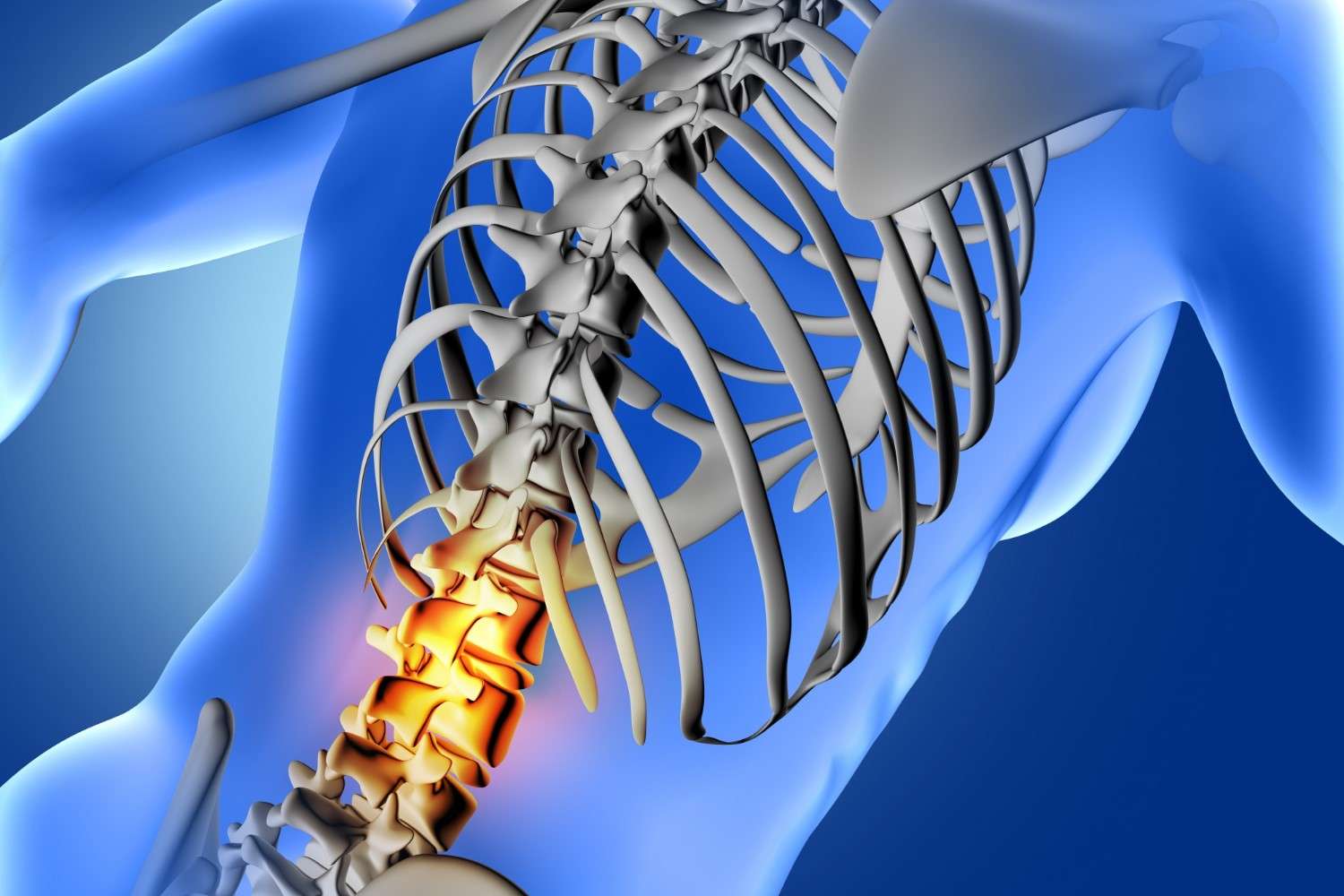Thoracic back pain treatment is a crucial aspect of managing mid-back pain that can significantly impact daily life. The thoracic spine, comprising twelve vertebrae, plays a vital role in supporting the upper back and maintaining posture. However, various factors can lead to pain and discomfort in this region, necessitating effective treatment for thoracic back pain.
What are the Causes of Chronic Thoracic Back Pain?
Chronic thoracic back pain causes can be diverse, including:
- Muscle strain and overuse
- Herniated discs and degenerative disc disease
- Osteoporosis and spinal fractures
- Poor posture and body mechanics
- Underlying medical conditions like fibromyalgia and arthritis
- Trauma or injury
- Infections or inflammation
- Congenital conditions or spinal deformities
Understanding the underlying causes of chronic thoracic back pain symptoms is essential for developing an effective treatment plan.
What are the Symptoms of Chronic Thoracic Back Pain?
Chronic thoracic back pain symptoms may include:
- Persistent pain and discomfort in the mid-back region
- Radiating pain to the arms, chest, or abdomen
- Muscle stiffness and limited mobility
- Numbness or tingling sensations
- Difficulty sleeping due to pain
- Fatigue and decreased energy
- Decreased range of motion and flexibility
- Tenderness and swelling in the affected area
Recognizing the symptoms of chronic thoracic back pain is crucial for seeking timely medical attention and initiating appropriate treatment.
Treatment for Thoracic Back Pain
Thoracic back pain treatment options vary depending on the underlying cause and severity of pain. Conservative approaches include:
- Physical therapy and exercises (thoracic back pain exercises)
- Pain management with medication and injections
- Chiropractic care and spinal manipulation
- Lifestyle modifications, such as improved posture and stress reduction
- Heat and cold therapy
- Massage and acupuncture
Surgical interventions may be necessary for severe cases, such as spinal fractures or herniated discs. A comprehensive treatment plan for chronic thoracic back pain treatment should address the physical, emotional, and lifestyle aspects of the condition.
Thoracic Back Pain Exercises
Gentle exercises can help alleviate thoracic back pain by improving flexibility and strengthening supporting muscles. Examples include:
- Chest stretches and shoulder rolls
- Cat-cow stretches and pelvic tilts
- Bridging and planks
- Yoga and Pilates
- Gentle twists and rotations
- Deep breathing and relaxation techniques
Incorporating thoracic back pain exercises into your daily routine can help manage chronic thoracic back pain symptoms and improve overall spinal health.
Lifestyle Modifications
Making simple lifestyle changes can significantly impact thoracic back pain management:
- Improving posture and body mechanics
- Taking regular breaks and stretching
- Maintaining a healthy weight
- Quitting smoking and limiting alcohol consumption
- Practicing stress-reducing techniques like meditation and deep breathing
Adopting healthy lifestyle habits can help alleviate chronic thoracic back pain symptoms and prevent future episodes.
Alternative Therapies
Alternative therapies can complement traditional treatment approaches:
- Acupuncture and acupressure
- Massage and manual therapy
- Chiropractic care and spinal manipulation
- Yoga and Pilates
- Mind-body techniques like meditation and deep breathing
Exploring alternative therapies can help find additional relief from chronic thoracic back pain symptoms.
Surgical Options
Surgical interventions may be necessary for severe cases:
- Spinal fusion and stabilization
- Herniated disc removal and replacement
- Osteotomy and spinal realignment
- Spinal cord stimulation and pain management
Surgical options for chronic thoracic back pain treatment should be discussed with a qualified healthcare professional.
FAQs
-
What are the most common causes of thoracic back pain?
- Muscle strain, herniated discs, poor posture, and underlying medical conditions.
-
How can I manage chronic thoracic back pain?
- Combine physical therapy, pain management, and lifestyle modifications for effective management.
-
What exercises can help alleviate thoracic back pain?
- Gentle stretches, strengthening exercises, and low-impact activities like yoga and Pilates.
-
When should I consider surgical options for thoracic back pain?
- Severe cases with significant pain, numbness, or weakness may require surgical intervention.
-
How can I prevent thoracic back pain from occurring or recurring?
- To reduce the risk of thoracic back pain, maintain good posture, engage in regular exercise, and manage stress.
Additional Tips
- Take regular breaks to stretch and move during long periods of sitting or standing.
- Use proper lifting techniques to avoid straining your back.
- Maintain a healthy weight to reduce pressure on your spine.
- Quit smoking and limit alcohol consumption to improve overall health.
- Practice stress-reducing techniques like meditation and deep breathing.
Common Questions
-
What is the best treatment for thoracic back pain?
-
A comprehensive approach combining physical therapy, pain management, and lifestyle modifications.
-
-
How can I relieve thoracic back pain at home?
-
Apply heat or cold packs, take over-the-counter pain relievers, and gently stretch and exercise.
-
-
Can thoracic back pain be prevented?
-
- Yes, by maintaining good posture, exercising regularly, and managing stress.
Conclusion
Thoracic back pain treatment requires a comprehensive approach, addressing underlying causes, managing symptoms, and incorporating exercises and lifestyle modifications. By understanding the causes, symptoms, and treatment options, you can take the first step towards a pain-free life. Consult with the experts at the Spine and Pain Clinic of Texas for personalized guidance and care.
Medical Disclaimer
The content provided is for informational purposes only and should not be considered medical advice. Consult with a qualified healthcare professional for personalized diagnosis and treatment.
Contact Us
If you’re suffering from thoracic back pain and seeking permanent relief, contact the Spine and Pain Clinic of Texas today at +1 (214) 256-3900 to schedule a consultation with one of our expert healthcare professionals.





